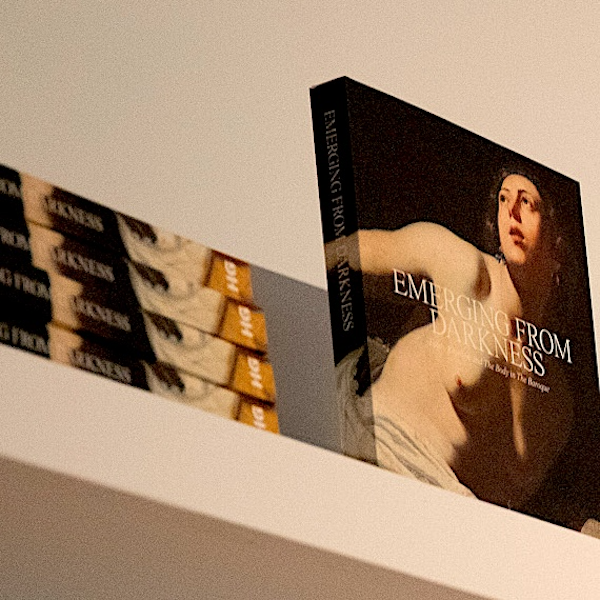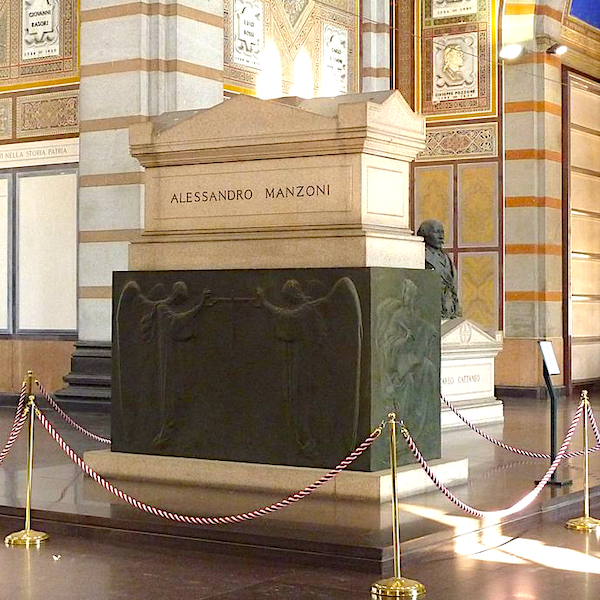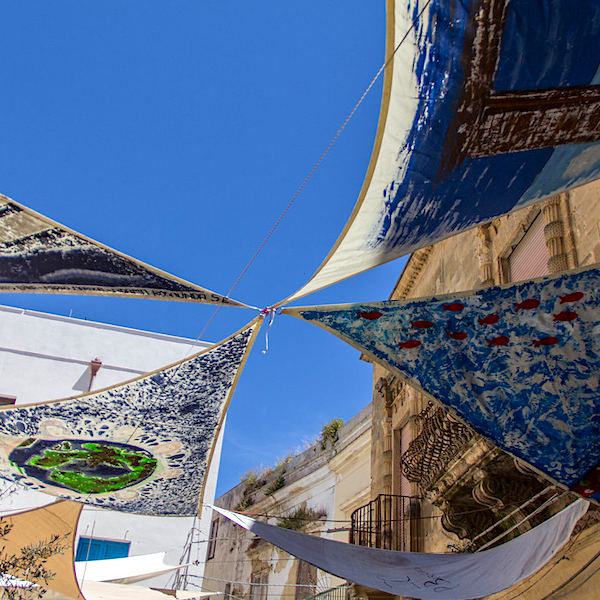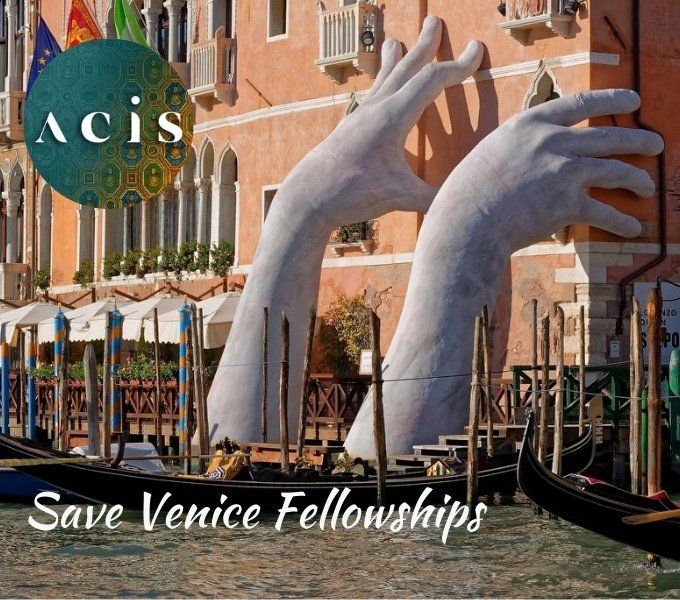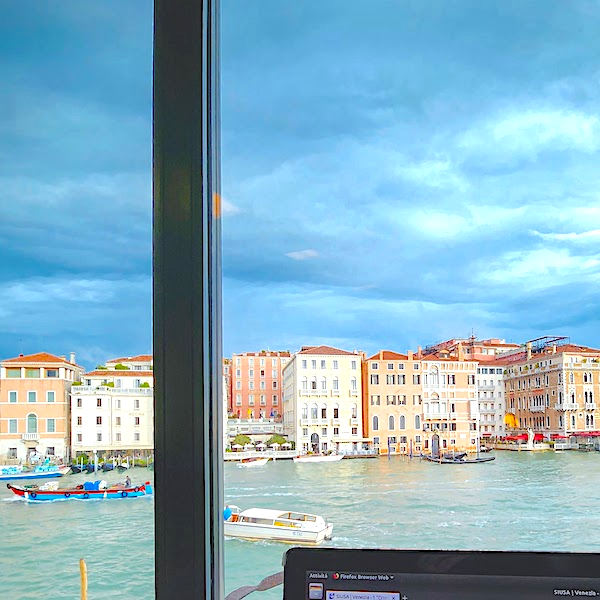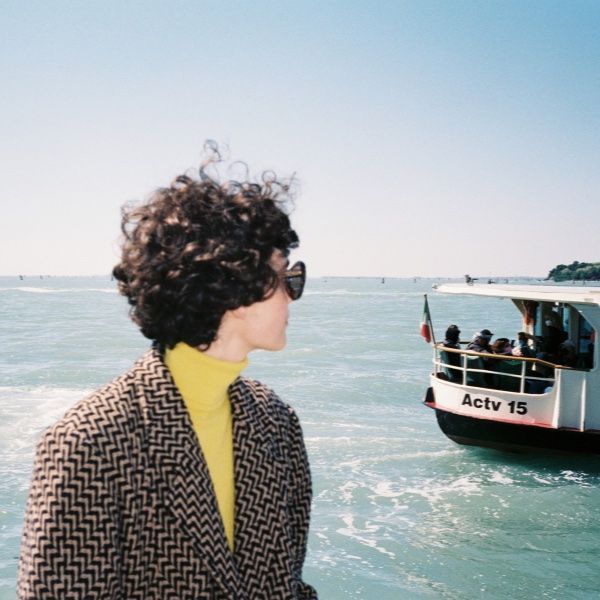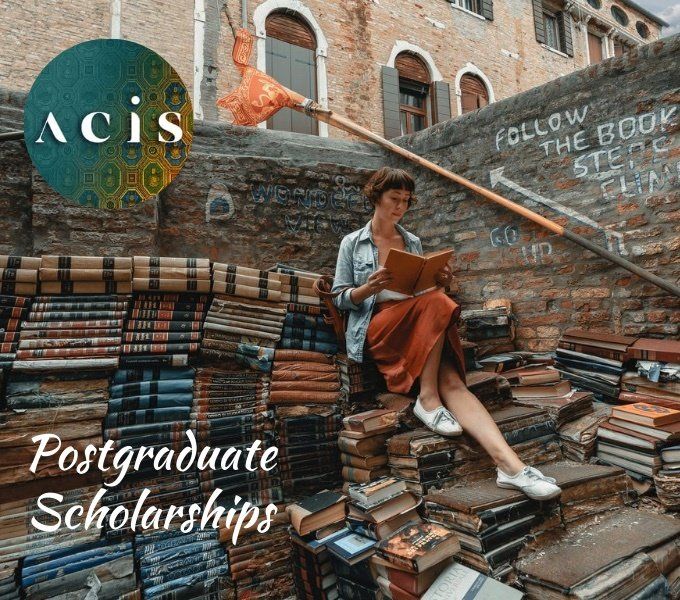The Book, the Photo and the Stork ...
 Photos move us. They enable us to travel virtually to wherever the scene is captured. They also move us by provoking emotions unleashed by the picture. Travel photography illustrates this double power especially clearly as Giorgia Alù argues in her just-published Journeys Exposed: Women’s Writing, Photograph
y and Mobility
(Routledge, 2018). The writers and photographers analysed (Melania Mazzucco, Ornela Vorpsi, Monika Bulaj, Carla Cerati, Elena Gianini Belotti and Anna Maria Riccardi) are variously related to Italy: Italians, Italophones, migrants or expatriates to Italy, or through hyphenated adjectives of nationality, as Italian-American or Italian-Australian. The book begins with an anecdote recounted by Karen Blixen. During a stormy night a man has to go out to fix a leakage in his pond’s dam. He stumbles around, falls over, and takes wrong paths but next morning he sees that the tracks his boots have left in the mud trace the outline of a stork. The stork provides an unsuspected unity for his apparently random movements but one which only becomes visible a posteriori and from a distance. Such traces expose the form of movements, underlying or unintended, in lives, texts and photographs but, like photographs, the form requires the technical processes of exposure to be seen.
Photos move us. They enable us to travel virtually to wherever the scene is captured. They also move us by provoking emotions unleashed by the picture. Travel photography illustrates this double power especially clearly as Giorgia Alù argues in her just-published Journeys Exposed: Women’s Writing, Photograph
y and Mobility
(Routledge, 2018). The writers and photographers analysed (Melania Mazzucco, Ornela Vorpsi, Monika Bulaj, Carla Cerati, Elena Gianini Belotti and Anna Maria Riccardi) are variously related to Italy: Italians, Italophones, migrants or expatriates to Italy, or through hyphenated adjectives of nationality, as Italian-American or Italian-Australian. The book begins with an anecdote recounted by Karen Blixen. During a stormy night a man has to go out to fix a leakage in his pond’s dam. He stumbles around, falls over, and takes wrong paths but next morning he sees that the tracks his boots have left in the mud trace the outline of a stork. The stork provides an unsuspected unity for his apparently random movements but one which only becomes visible a posteriori and from a distance. Such traces expose the form of movements, underlying or unintended, in lives, texts and photographs but, like photographs, the form requires the technical processes of exposure to be seen.
Share this:
- Share on Tumblr
- </div></li><li class="share-end"/><li class="share-reddit"><div class="reddit_button"><iframe src="https://www.reddit.com/static/button/button1.html?newwindow=true&width=120&url=https%3A%2F%2Facis.org.au%2F2018%2F09%2F06%2Fthe-book-the-photo-and-the-stork%2F&title=The%20book%2C%20the%20photo%20and%20the%20stork" height="22" width="120" scrolling="no" frameborder="0"/></div></li><li class="share-end"/></ul></div></div></div></div></div> <div id="jp-relatedposts" class="jp-relatedposts"> <h3 class="jp-relatedposts-headline"><em>Related</em></h3> </div></div> </div>
